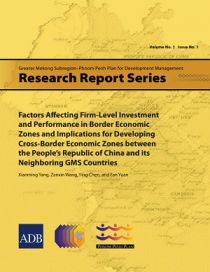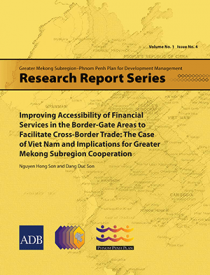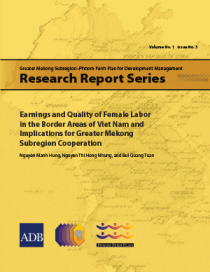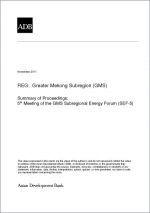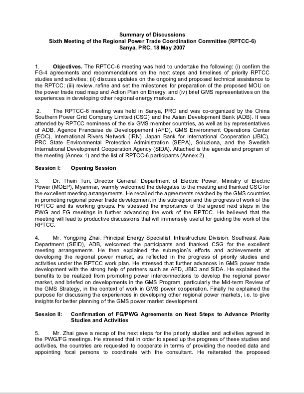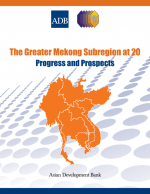ADB Approves $95 Million to Help Lao PDR, Viet Nam Upgrade Key Road Network
MANILA, PHILIPPINES (29 November 2010) - The Asian Development Bank will extend $95 million to help the Lao People's Democratic Republic and Viet Nam upgrade roads in the northeastern transport corridor that offers trade and poverty reduction benefits to both countries, as well as the wider Mekong region.

